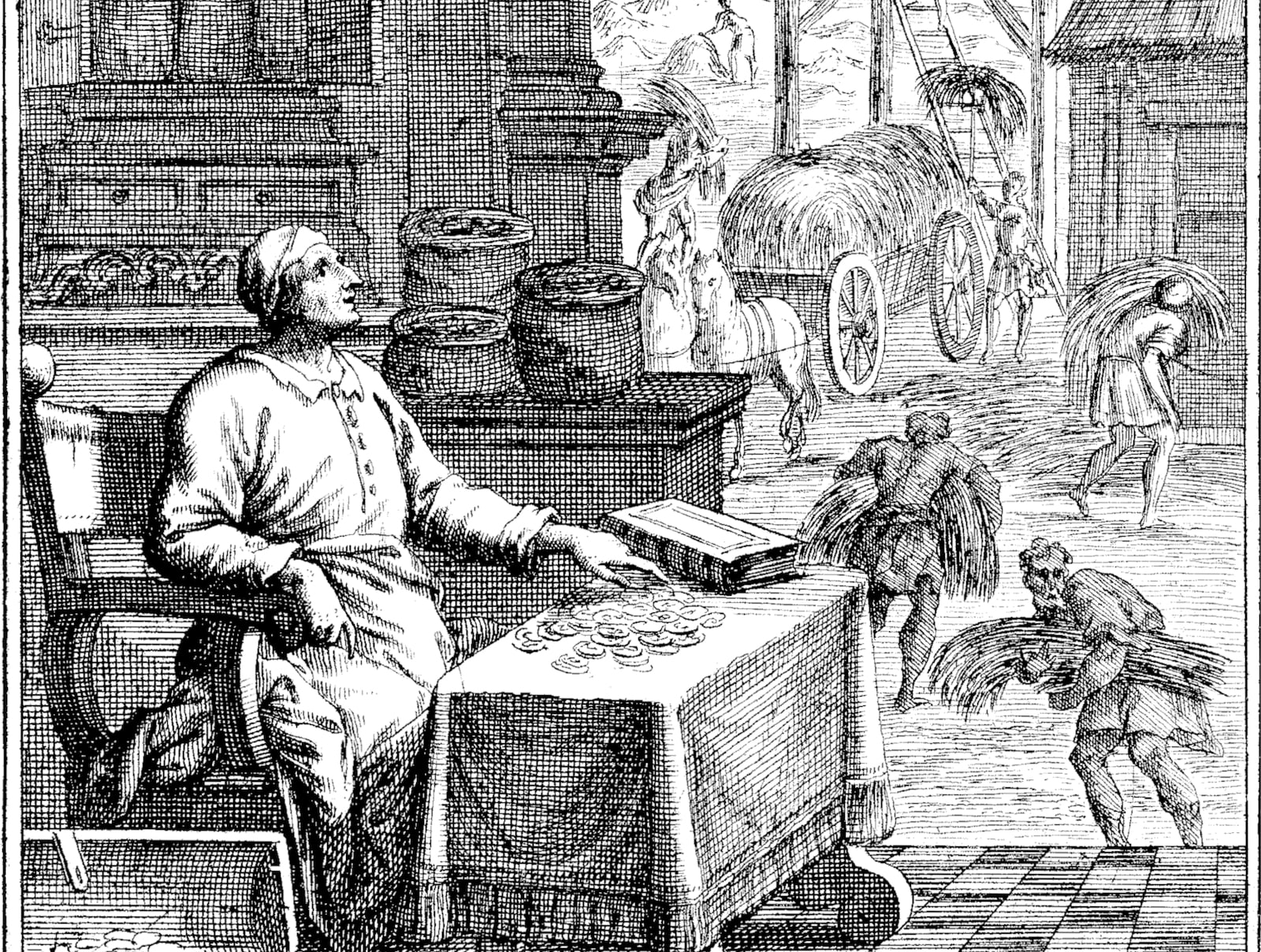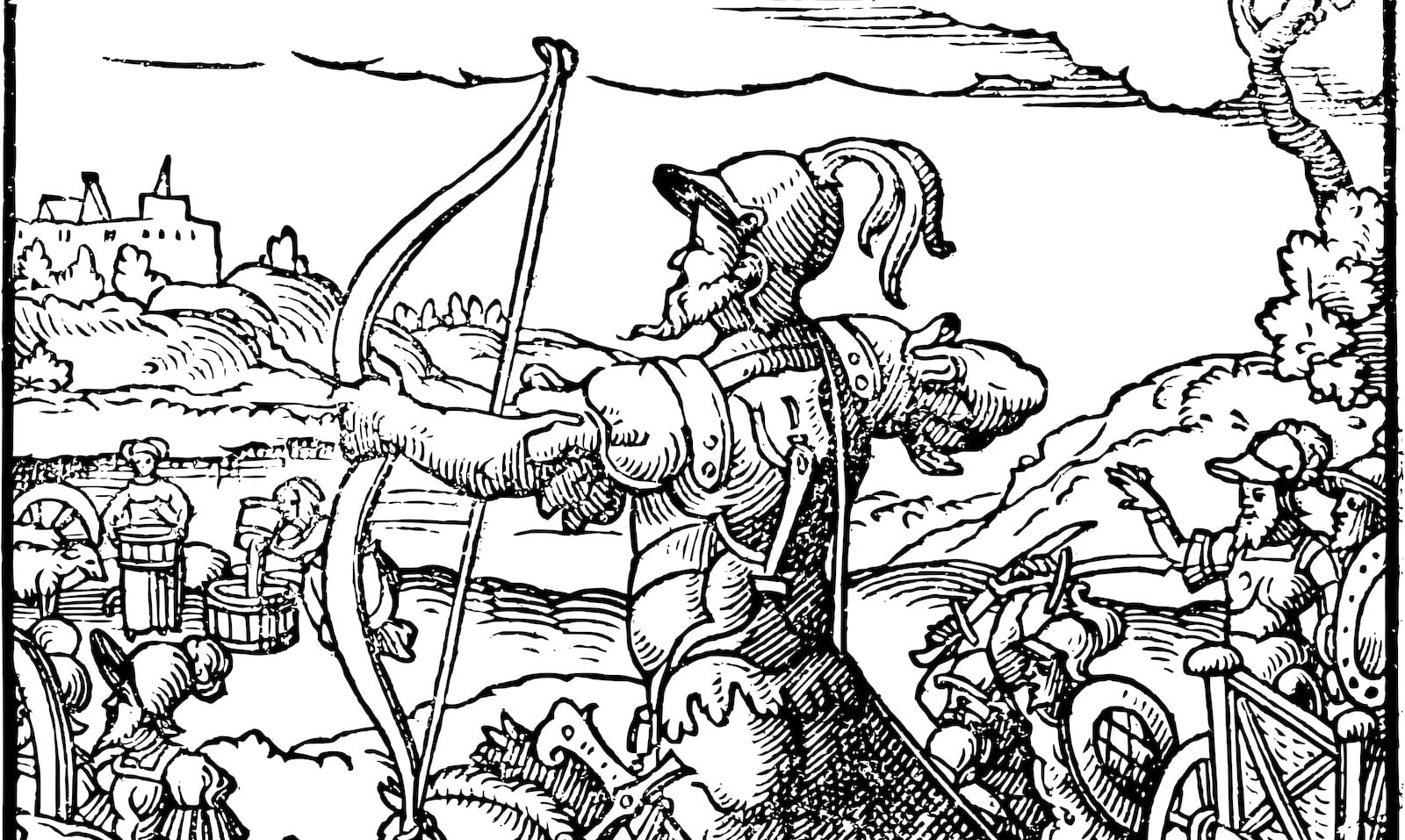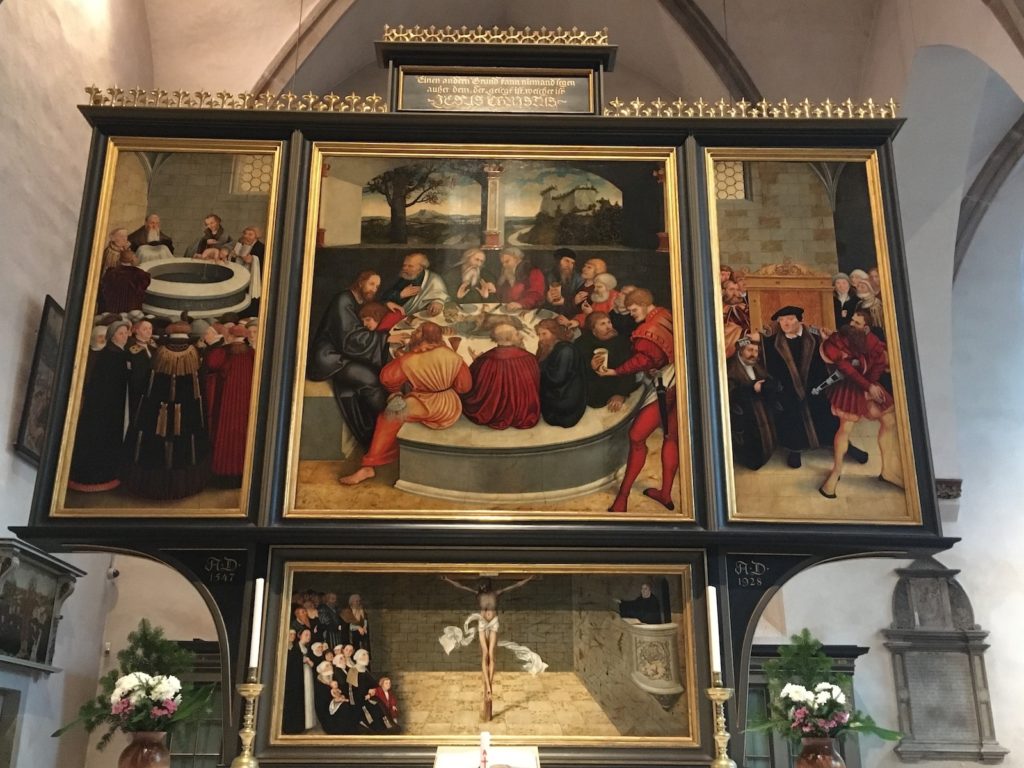
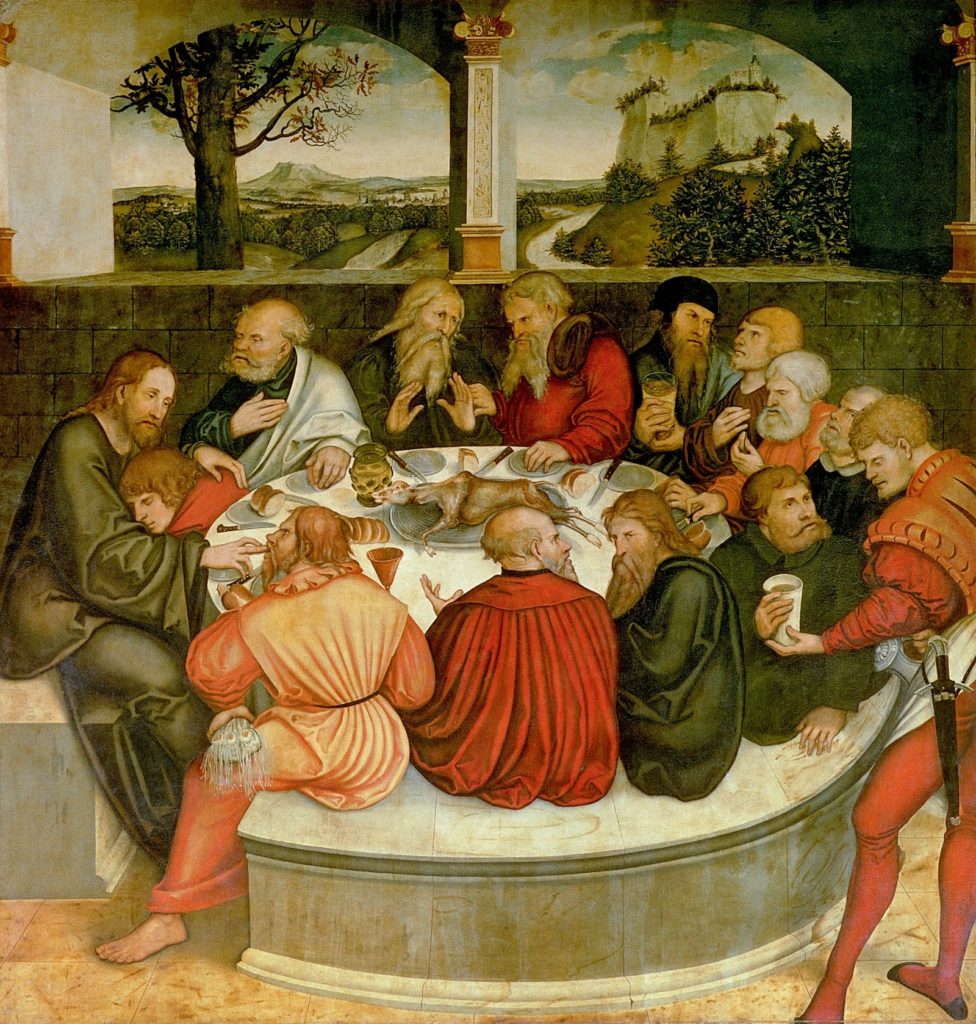
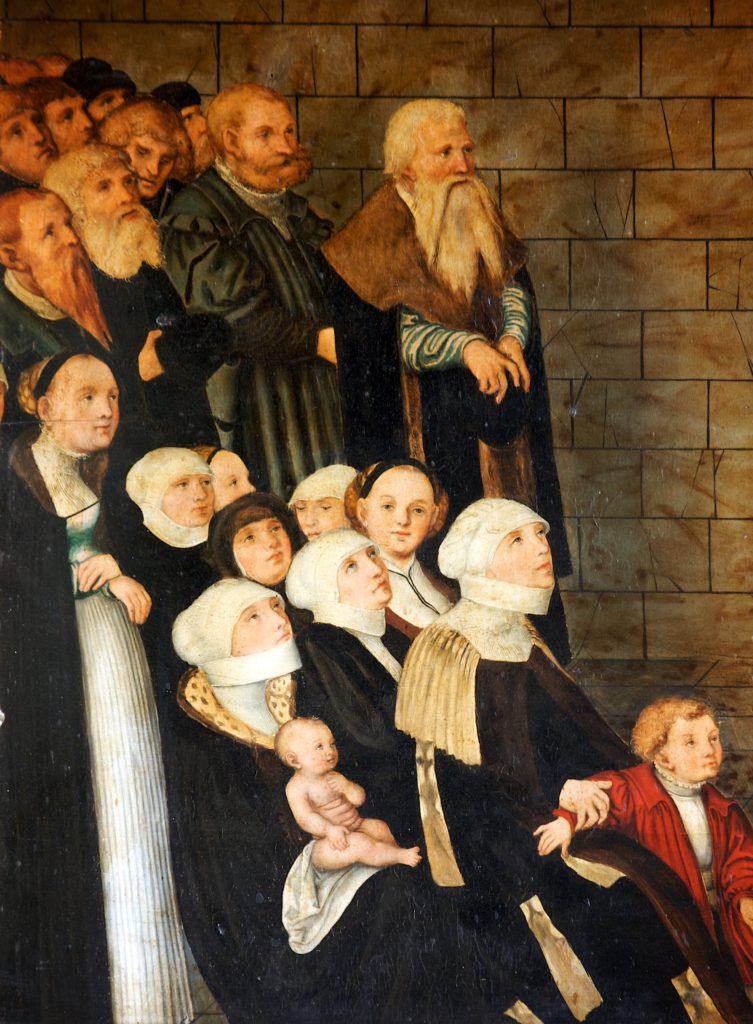
By Lucas Cranach the Elder (AD c. 1472-1553)
oil on hardwood, 176 by 221¼ in.
located at Evangelische Stadtkirche St. Marien, Wittenberg
Lucas Cranach—artist, printer, pharmacist, and mayor of Wittenberg—was a close friend of Martin Luther. He was the printer and illustrator of Luther’s translation of the Bible, his printed woodcuts helped spread the Reformation far and near, and he helped arrange Luther’s marriage to Katharine von Bora.
Long known as “the artist of the Reformation” for his paintings of Luther and his associates, Cranach combined symbolism with realism and helped create the genre of portraiture with his highly realistic and expressive paintings of the human face. Today we are in the midst of a “Cranach revival,” as scholars are discovering more facets of his genius.
This is the altarpiece that Cranach and his workshop made for St. Mary’s Church in Wittenberg—Luther’s church, though the work was installed in 1547, the year after the Reformer’s death. The large middle panel shows Jesus at the Last Supper, with Luther and other townspeople taking the place of the disciples. The left panel shows Philip Melanchthon, though a layman, baptizing a baby. The right panel shows the pastor of the church, Johannes Bugenhagen, exercising the Office of the Keys, forgiving one man’s sins and excluding a man who is impenitent. The bottom panel shows Martin Luther in the pulpit preaching Christ crucified to the congregation.
The work is a vivid portrayal of Lutheran sacramentalism, as well as depicting the key figures of the Reformation associated with this historic church. But that is not all.
Most medieval altarpieces evoked transcendence, often depicting the “Queen of Heaven” against a background of beaten gold, as if presenting a window into the spiritual kingdom. This altarpiece, though, is different. The background to each of the panels, as scholars have noticed, consists of the same grey stone walls, tan floor, and circle-patterned windows of St. Mary’s Church.
Worshippers in that church, contemplating the sacramental mysteries, are gazing not into Heaven. Rather, they are gazing at and contemplating their own congregation: not just the decor of the sanctuary in which they are present, but their fellow members and their pastors. Cranach depicts not just the heroes of the Reformation, but also the ordinary parishioners of St. Mary’s.
“Look!” the worshippers must have thought. “There is Dr. Luther! There is Pastor Bugenhagen! There is Herr Cranach with his long forked mustache listening to the sermon! There is my mother! There is my neighbor! Is that me?”
“Here is where we find the Kingdom of Heaven! We are with Jesus when He gives us His body and blood, just as much as the Disciples were! Baptism and the Office of the Keys bring Christ’s forgiveness to ordinary folks like those of us assembled here! The sermon really brings Jesus on the Cross to each of us!”
The message is dramatic. We find the Kingdom of Heaven not in leaving the world behind, not in mystical experience, not in the intercession of saints, but in our local congregation. We sinners are the saints. The sacraments are not about our ascending into Heaven, but about Jesus descending to us. We peasants, merchants, mothers, babies, pastors, theologians, artists, and children are the Church of Jesus Christ!
To decorate a church interior with a painting of the church’s interior sounds “meta-,” the sort of self-referential game-playing that postmodernist artists are fond of. But Cranach, anticipating that technique by nearly 500 years, employs that device creatively to express theological and eternal truth.

